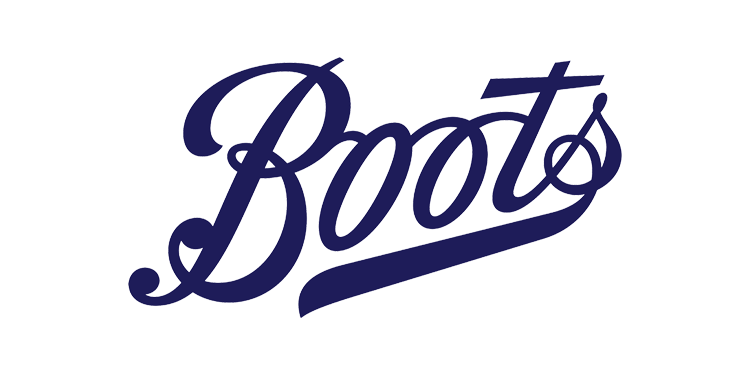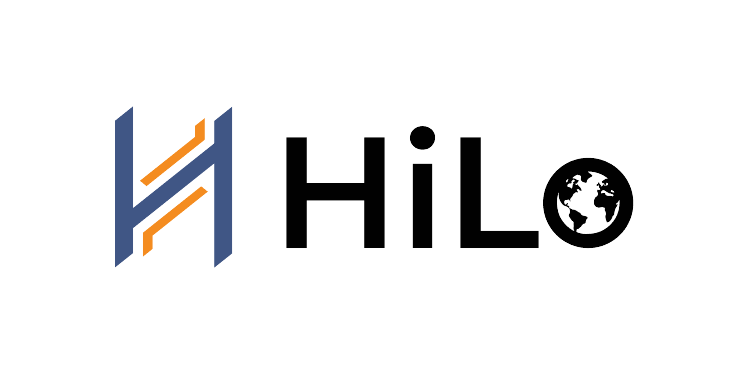Welcome to CXO Focus.
Scale beyond the challenges of today and leverage tomorrow's opportunities.
Sign up to stay updated on CXO Community Focus and new thought leadership content
Discover thought leadership, strategic insights and executive learning for C-level executives.
FEATURED PICKS
Explore articles, videos, case studies, and more, to drive digital transformation and business innovation.
CXO SPOTLIGHT
Get inspired by innovative, change-driving thought leaders across various industries


















